
Introduction
In vivo preclinical brain imaging devices have emerged as crucial tools in neuroscience, pharmacology, and biotechnology research. These devices enable researchers to visualize and understand brain structure and function in living animal models without the need for invasive procedures. This non-invasive approach allows for longitudinal studies, providing critical insights into disease progression, treatment efficacy, and neurodevelopmental patterns. With growing interest in neurodegenerative diseases, psychiatric disorders, and drug development, the demand for advanced brain imaging technology continues to surge. The in vivo preclinical brain imaging devices market is gaining prominence for its role in accelerating translational research and enhancing the predictability of clinical outcomes.
Full Details Report: https://www.databridgemarketresearch.com/reports/global-in-vivo-preclinical-brain-imaging-devices-market
Trends
The market is experiencing a technological evolution characterized by the integration of hybrid imaging modalities. Devices combining positron emission tomography (PET), magnetic resonance imaging (MRI), and computed tomography (CT) are now being deployed to provide comprehensive anatomical, functional, and molecular data. Multimodal imaging is emerging as a dominant trend, offering more robust and accurate insights into brain activity and structure.
Artificial intelligence and machine learning are being integrated into imaging platforms to automate image analysis and improve data interpretation. These tools assist researchers in identifying subtle changes in brain morphology and function, reducing human error and expediting experimental workflows.
Miniaturization of imaging systems is also gaining traction. Compact and portable imaging devices designed specifically for small animals such as mice and rats are expanding the scope of in-lab imaging. These portable systems reduce the need for centralized facilities and provide flexibility in preclinical study setups.
Increased focus on neuroinflammation, traumatic brain injuries, and aging-related cognitive decline is prompting a rise in studies using in vivo brain imaging. Researchers are now emphasizing early disease detection and monitoring progression with greater precision using advanced imaging biomarkers.
Size
The global in vivo preclinical brain imaging devices market has been on a consistent growth trajectory. The market size is projected to surpass USD 500 million by the end of the decade, driven by increasing R&D investments in the life sciences sector and the rising incidence of neurological conditions. In 2024, the market stood at approximately USD 320 million, and strong compound annual growth rate (CAGR) figures indicate sustained demand over the coming years.
North America currently holds the largest market share, attributed to the strong presence of research institutions, pharmaceutical companies, and government support for neuroscience initiatives. Europe and Asia-Pacific are also witnessing significant market growth, with increasing investment in biotechnology research and a rise in academic-industry collaborations.
Latest Trending Reports:
Global Gastric Buttons Market
Global Medical Thermometers Market
Global Aluminium Collapsible Tubes Market
Global Lane Keep Assist System Market
Global Automotive Refinish Coatings Market
Global Flexible Intermediate Bulk Container Market
Global 2nd Generation Lentiviral Vector Market
Global Cleaner and Degreaser Market
Global Green Mining Market
Share
The in vivo preclinical brain imaging devices market is segmented based on imaging modality, end user, and region. By imaging modality, magnetic resonance imaging (MRI) accounts for the largest share due to its superior spatial resolution and ability to offer detailed soft tissue contrast. Positron emission tomography (PET) and optical imaging are also witnessing increasing demand for their functional and molecular imaging capabilities.
Pharmaceutical and biotechnology companies dominate the end-user segment, leveraging these imaging systems to streamline drug discovery and development. Academic and research institutes represent a growing user base as more grants and funding become available for neuroscience research.
By region, North America continues to lead the market, followed by Europe and Asia-Pacific. Rapid industrialization, improvements in healthcare infrastructure, and rising public and private sector investments are driving growth in emerging economies such as China and India.
Growth
The market is poised for robust growth driven by several key factors. The increase in global neurological disorders, such as Alzheimer’s, Parkinson’s, and epilepsy, is fueling demand for precise preclinical brain imaging. As pharmaceutical companies strive to develop effective treatments for these complex diseases, preclinical imaging is becoming an indispensable tool in the R&D pipeline.
Expanding clinical trials and a shift toward personalized medicine are creating a need for better preclinical models and real-time monitoring capabilities. These developments are pushing companies to invest in state-of-the-art imaging platforms that can deliver quantitative and reproducible data.
Advancements in contrast agents and radiotracers are enhancing the sensitivity and specificity of in vivo imaging. These agents allow researchers to track brain metabolism, neurotransmitter activity, and gene expression in real-time, further expanding the functional capabilities of imaging systems.
Strategic collaborations and partnerships between device manufacturers and academic research centers are helping bridge the gap between innovation and application. Companies are working closely with researchers to customize imaging platforms that meet specific experimental needs, driving product development and market expansion.
Government initiatives promoting neuroscience research and funding for preclinical studies are acting as catalysts for market growth. Programs such as the BRAIN Initiative in the United States and the Human Brain Project in Europe are examples of public efforts to accelerate brain science, contributing directly to the demand for advanced imaging tools.
Demand
The growing demand for in vivo preclinical brain imaging devices is being driven by the urgent need for translational research models that accurately mimic human brain disorders. These devices provide non-destructive, real-time analysis, which is critical for longitudinal studies. Researchers are increasingly relying on these tools to reduce the use of animal models and enhance reproducibility in experiments.
Pharmaceutical companies are investing heavily in preclinical imaging technologies to reduce drug development timelines and improve success rates in clinical trials. In vivo imaging enables early-stage drug screening, target validation, and biomarker identification, helping companies make informed decisions before entering costly human trials.
There is a surge in demand from contract research organizations (CROs) that provide imaging services to pharmaceutical and biotech clients. CROs are adopting cutting-edge imaging platforms to enhance their offerings and meet the specific needs of sponsors looking for high-quality, reproducible preclinical data.
Academic institutions and neuroscience laboratories are also boosting market demand through increased research activities. As more researchers delve into understanding the complexities of the brain, there is a growing requirement for imaging systems that offer both precision and flexibility.
The expansion of preclinical imaging into psychiatric and behavioral research is opening new demand channels. Disorders like depression, anxiety, and schizophrenia are being explored at the brain circuitry level using advanced imaging tools, marking a significant shift from traditional observational models.
Conclusion
The in vivo preclinical brain imaging devices market is undergoing transformative growth, fueled by technological innovation, increased research funding, and the expanding complexity of neurological and psychiatric studies. As the global health community deepens its understanding of the brain and its disorders, the demand for high-precision imaging tools is set to rise. With continued advances in imaging modalities, software analytics, and radiotracers, the market is poised to play a pivotal role in shaping the future of neuroscience research and therapeutic development.
About Data Bridge Market Research:
An absolute way to forecast what the future holds is to comprehend the trend today!
Data Bridge Market Research set forth itself as an unconventional and neoteric market research and consulting firm with an unparalleled level of resilience and integrated approaches. We are determined to unearth the best market opportunities and foster efficient information for your business to thrive in the market. Data Bridge endeavors to provide appropriate solutions to the complex business challenges and initiates an effortless decision-making process. Data Bridge is an aftermath of sheer wisdom and experience which was formulated and framed in the year 2015 in Pune.
Contact Us:
Data Bridge Market Research
US: +1 614 591 3140
UK: +44 845 154 9652
APAC : +653 1251 975
Email:- corporatesales@databridgemarketresearch.com


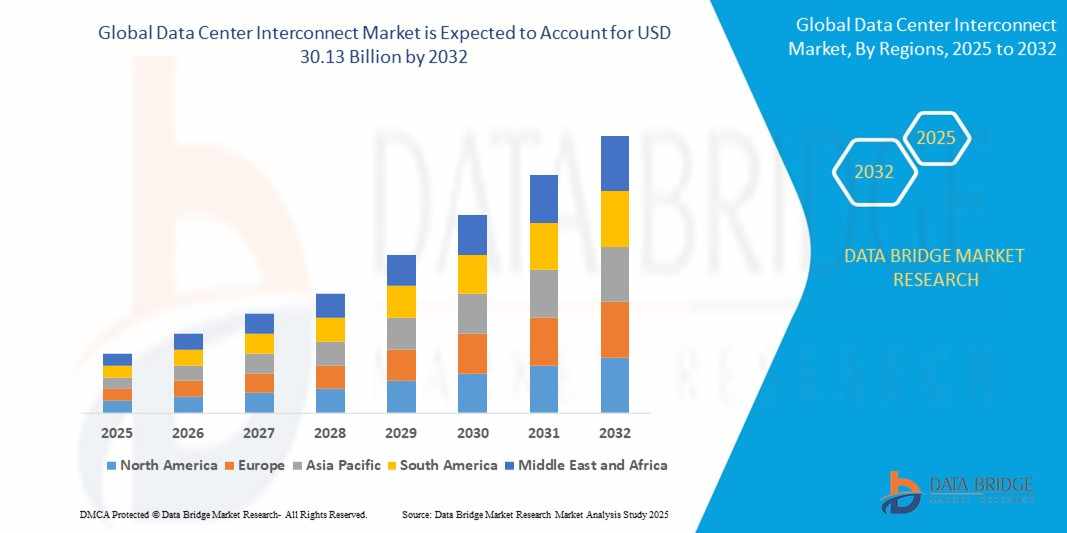
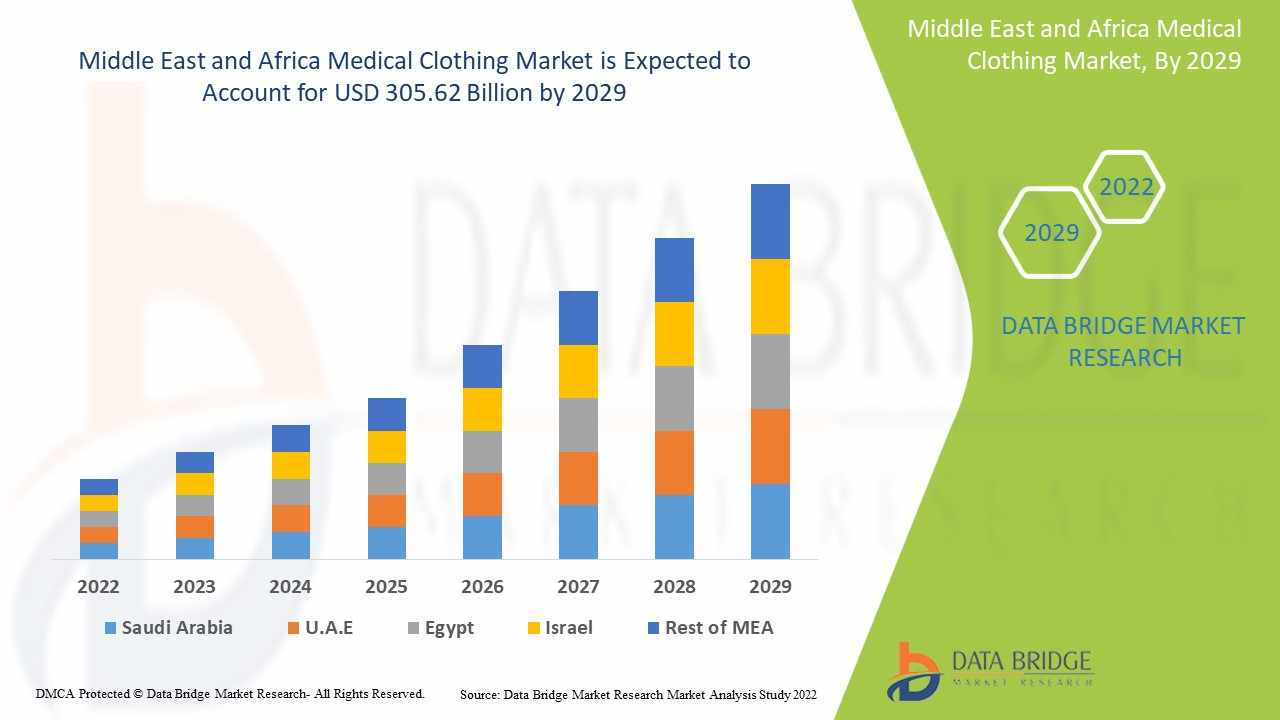

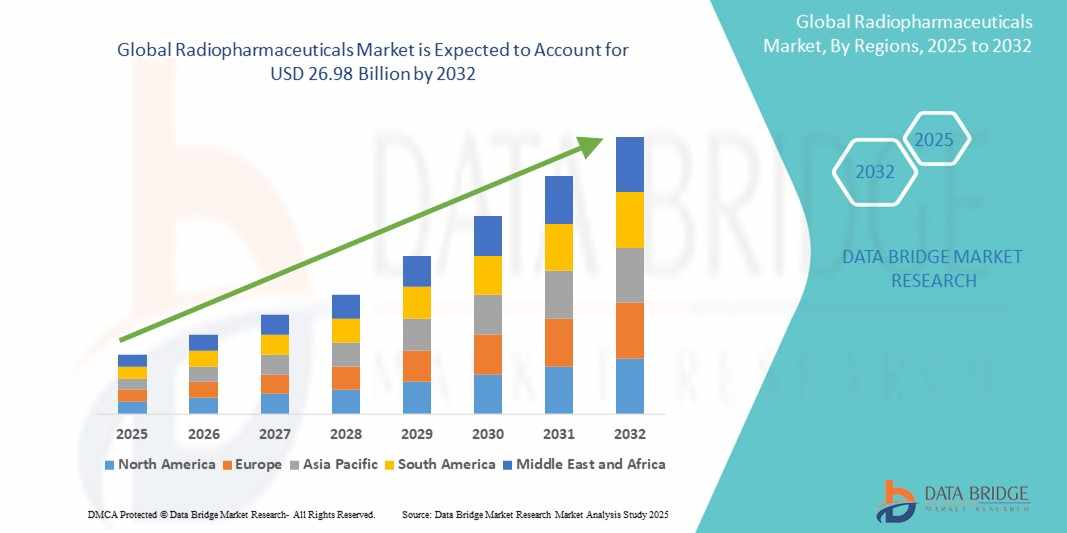
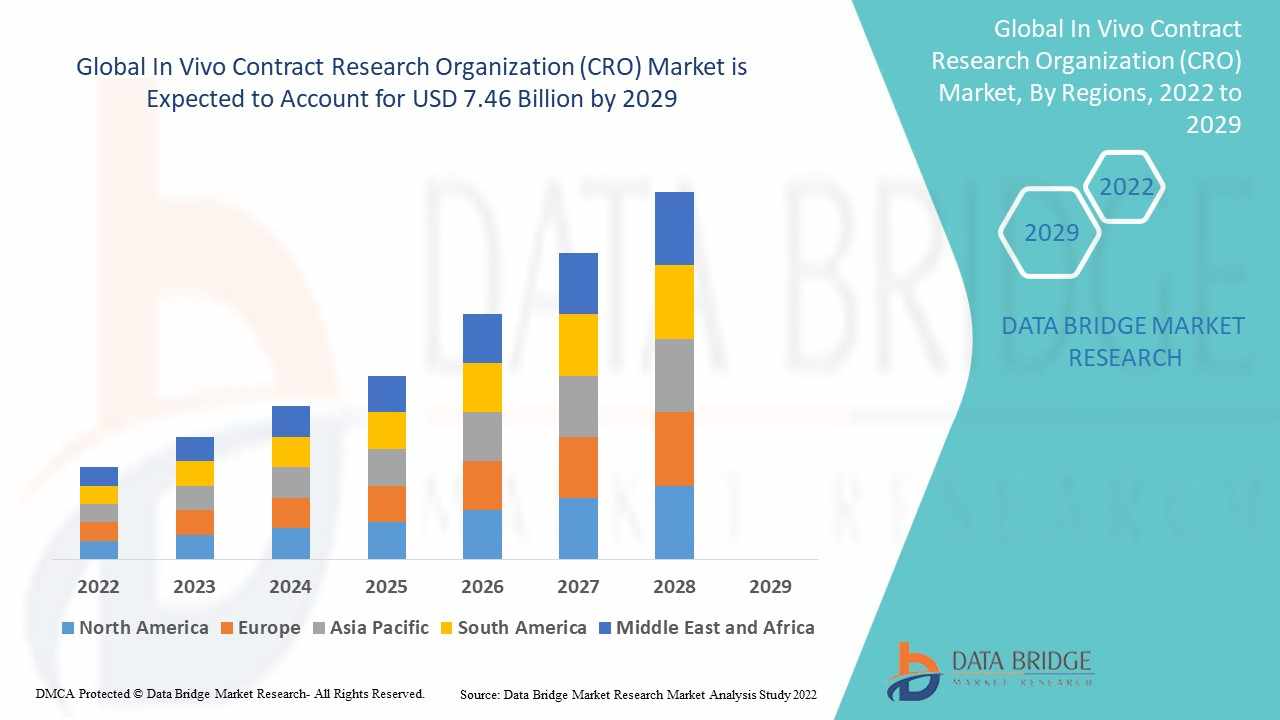
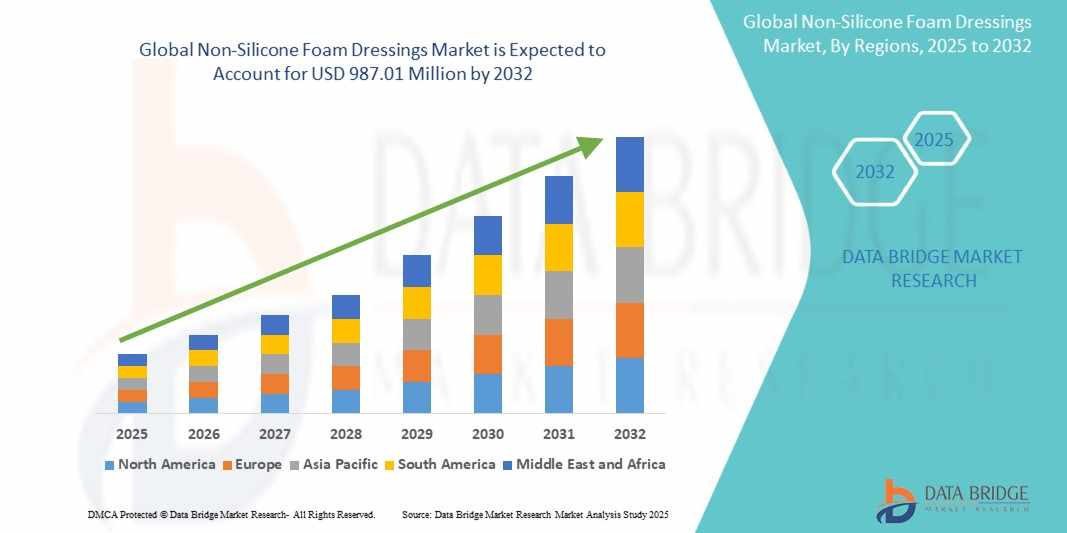


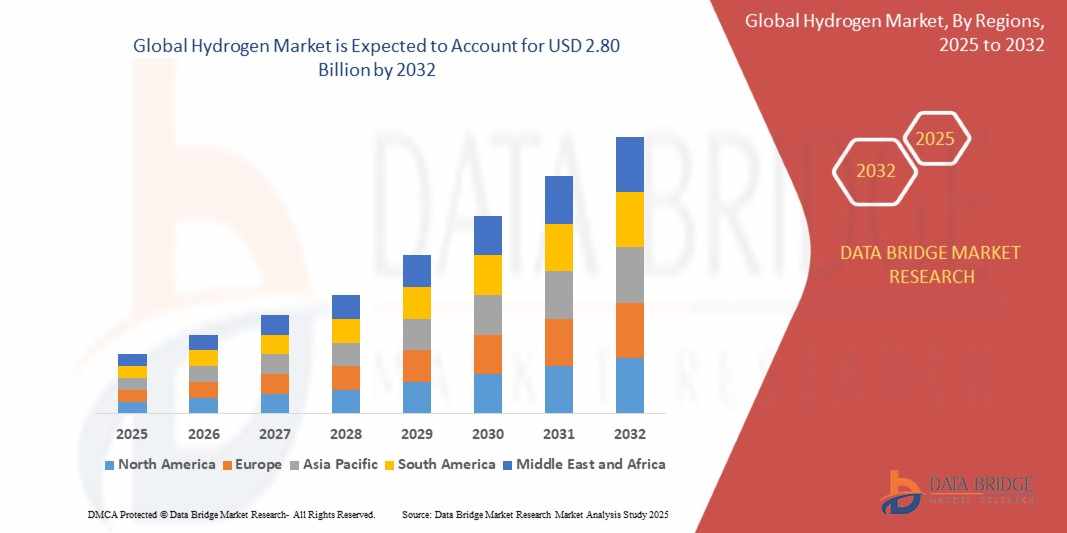
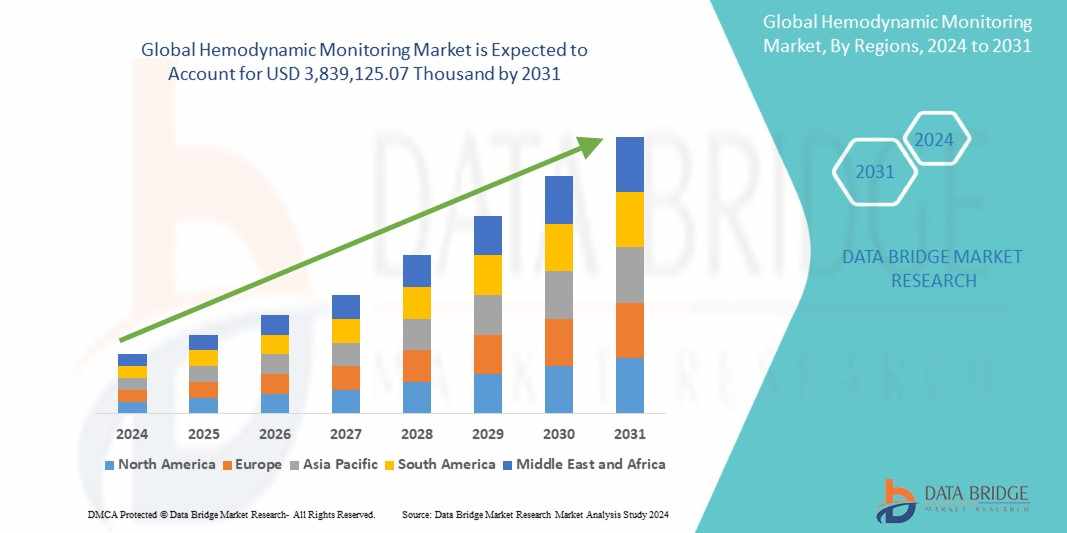








Write a comment ...